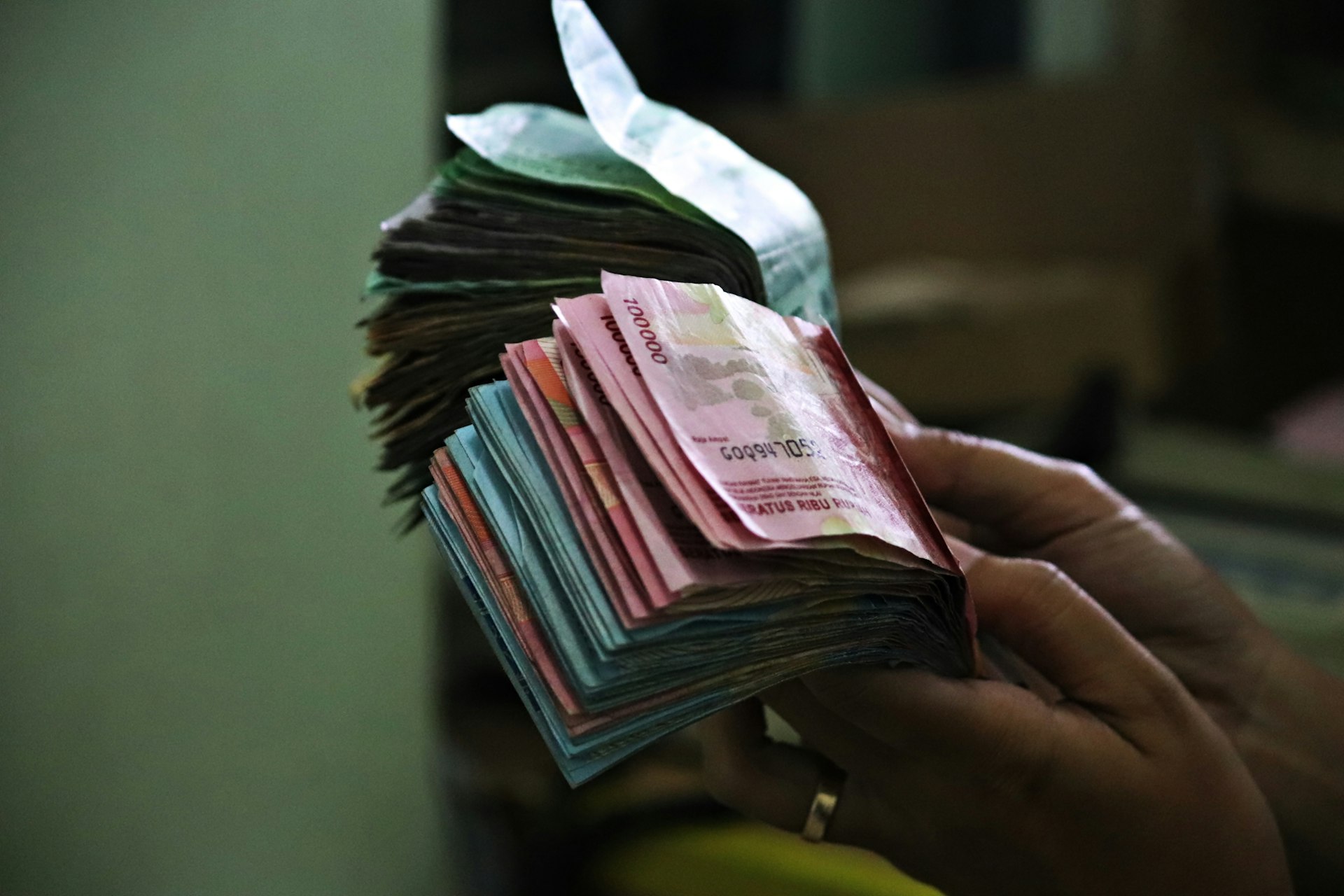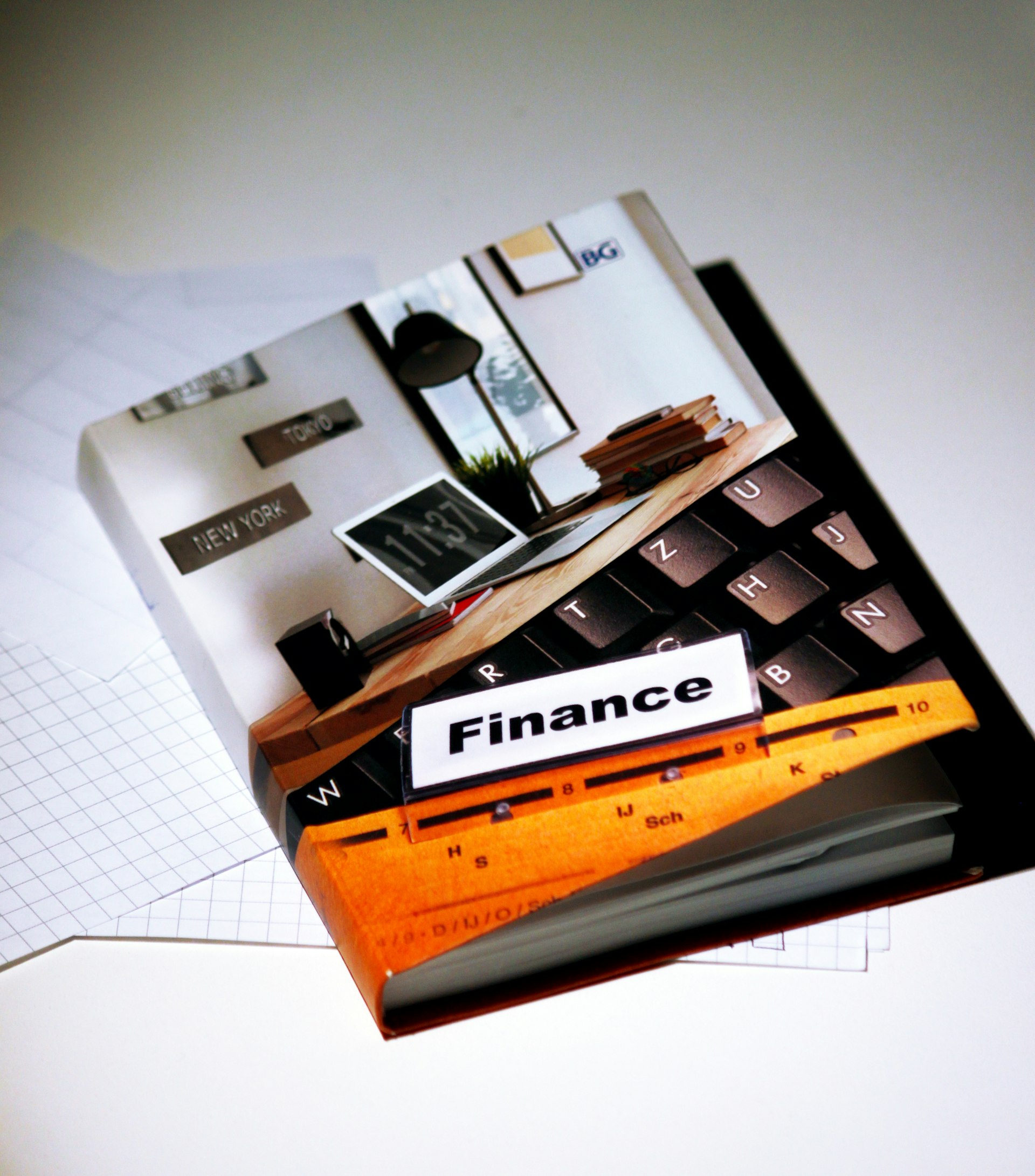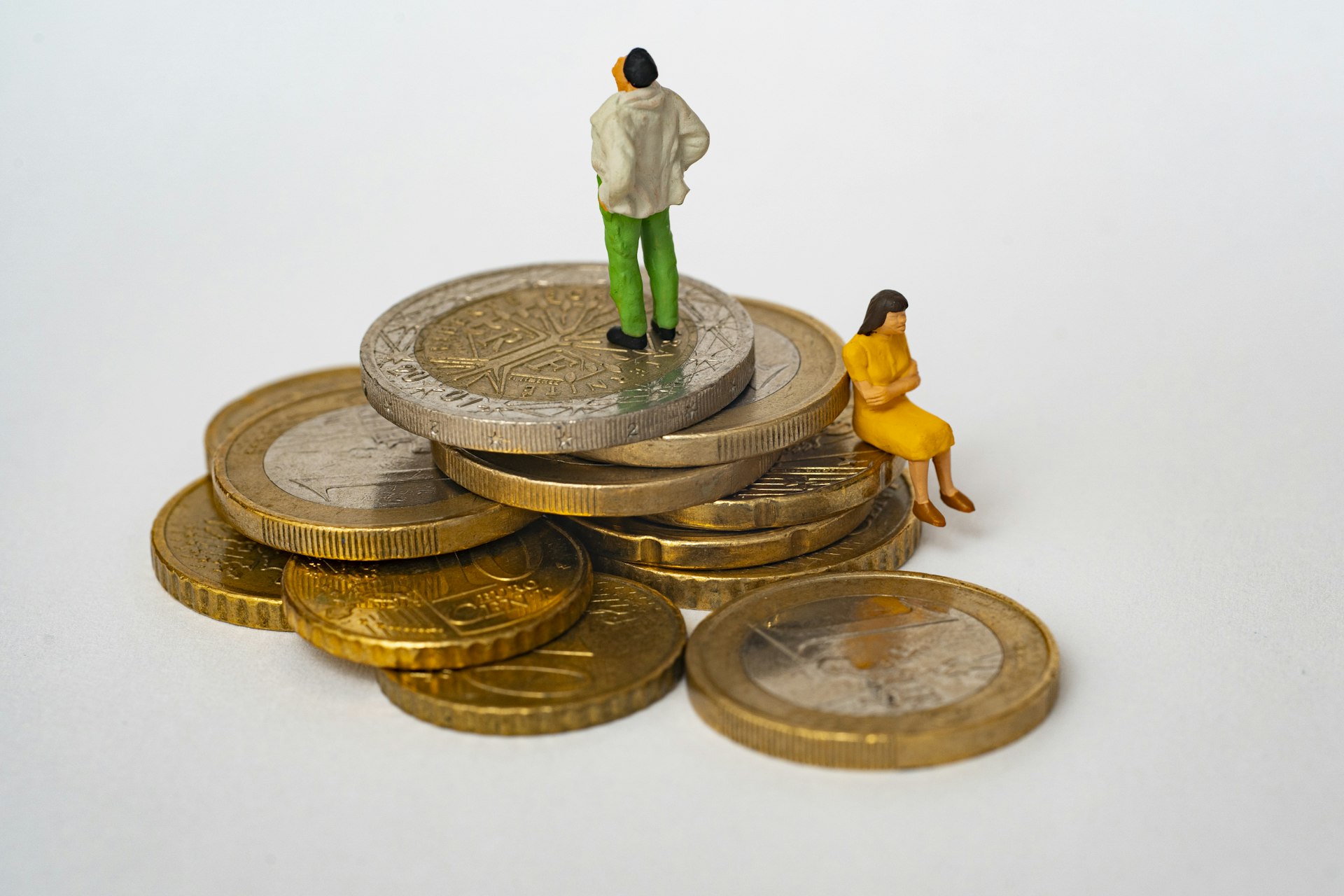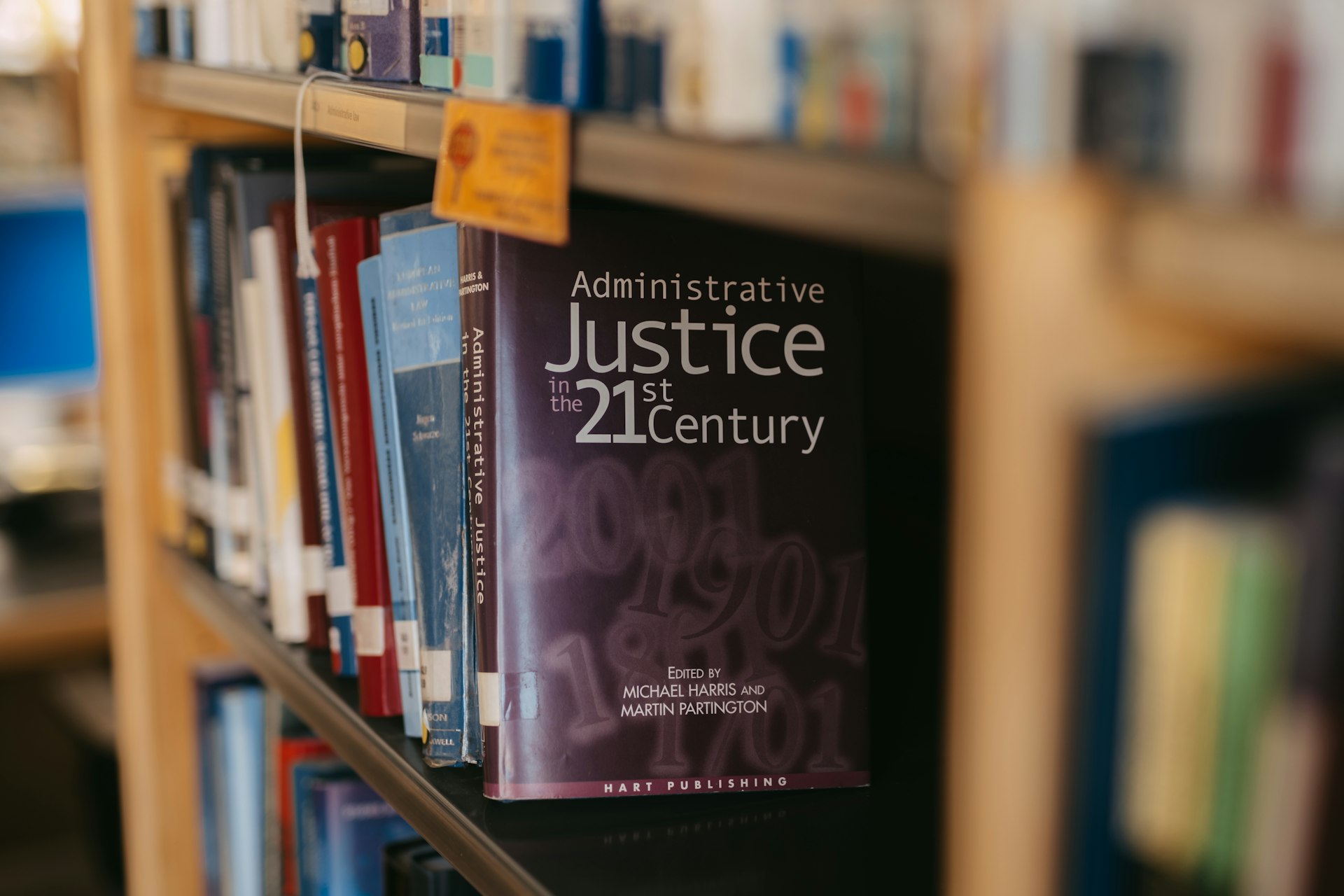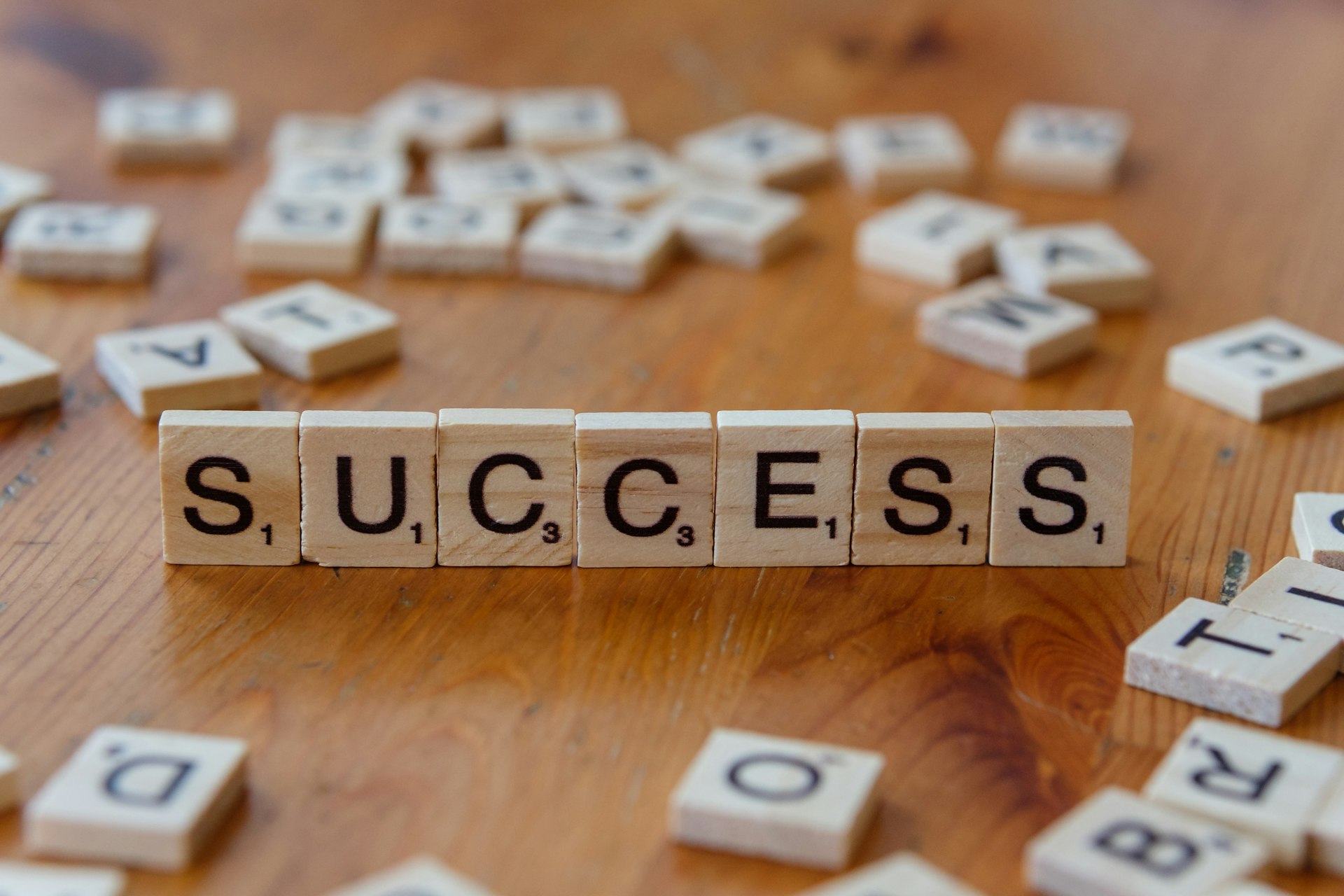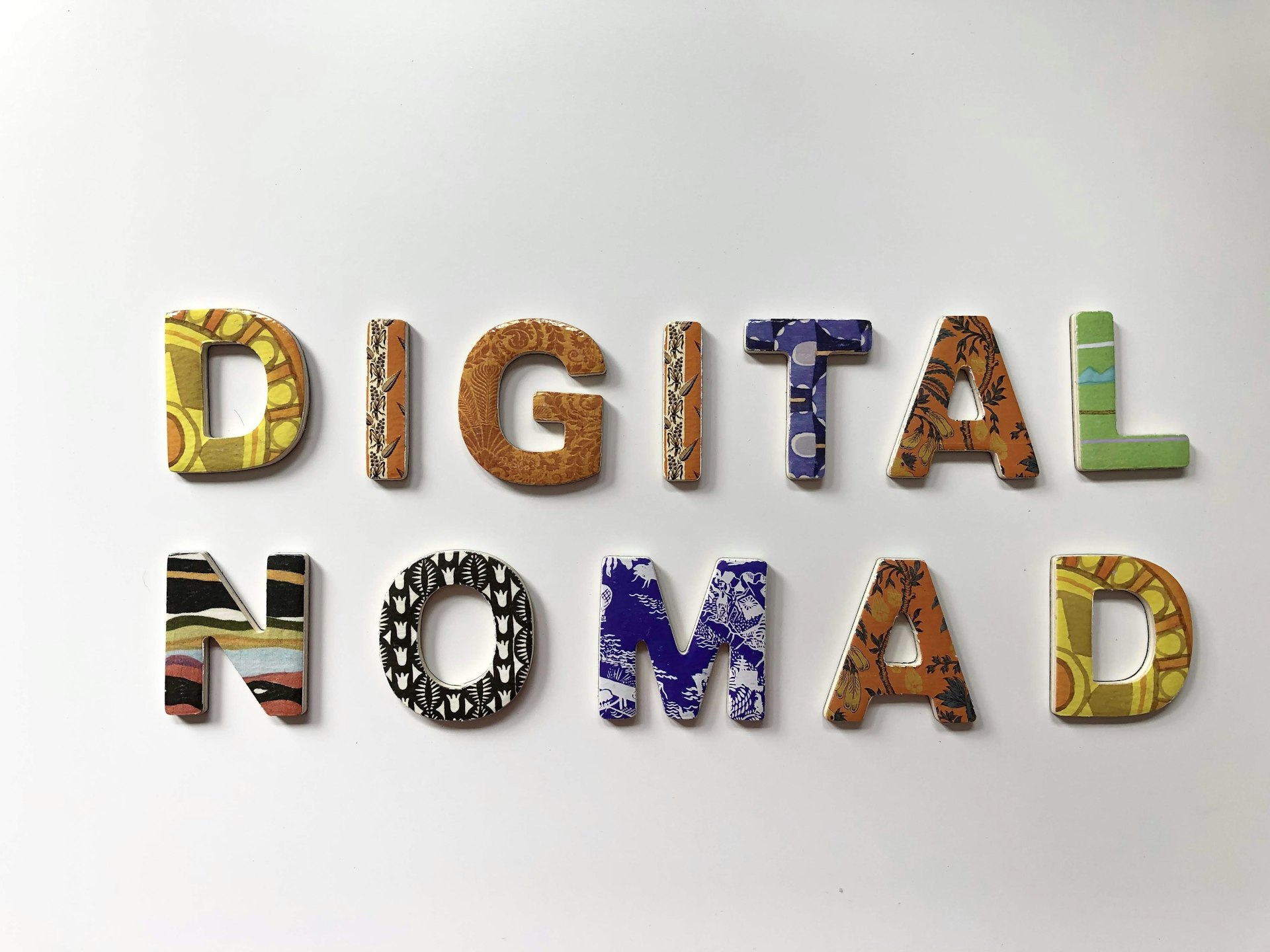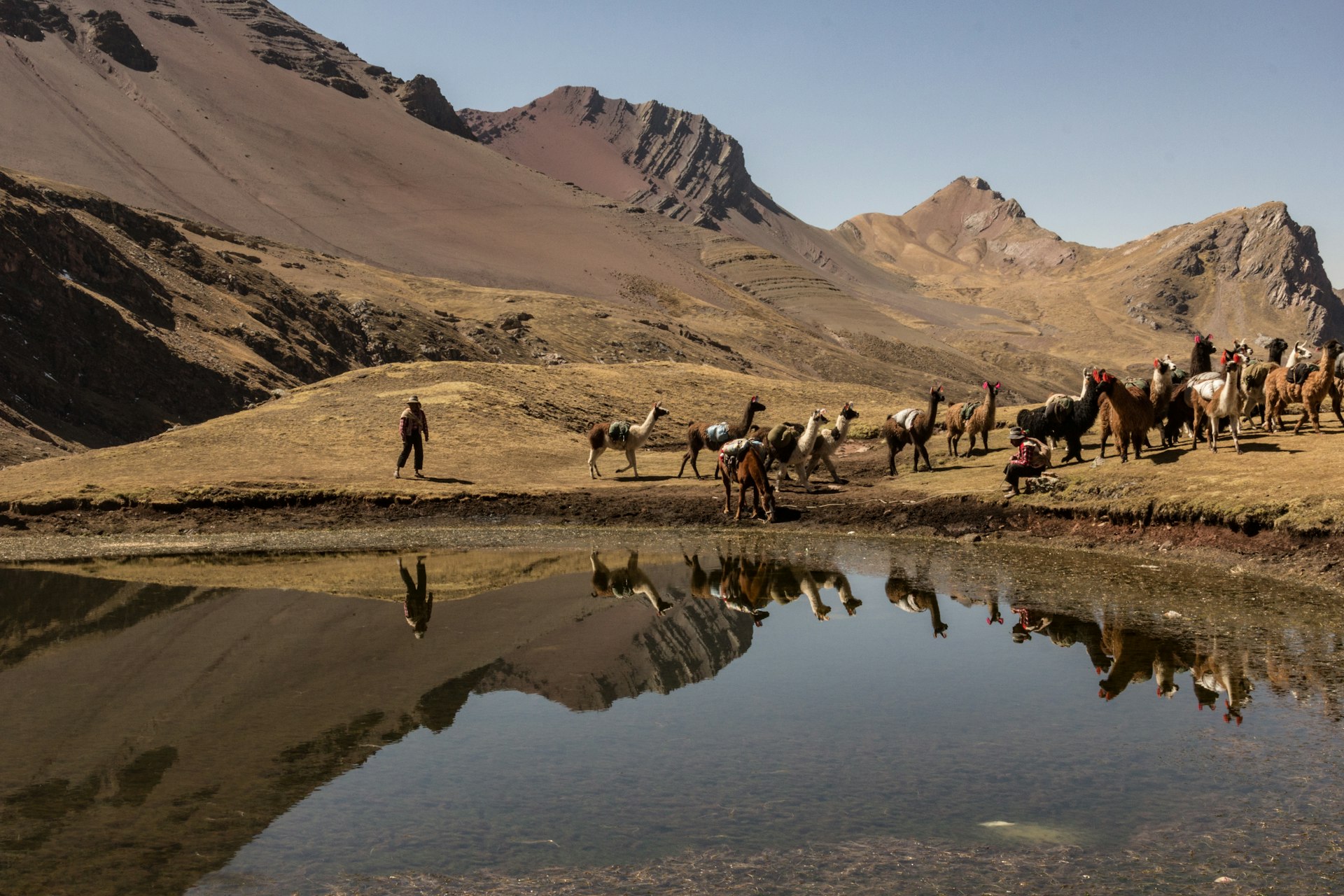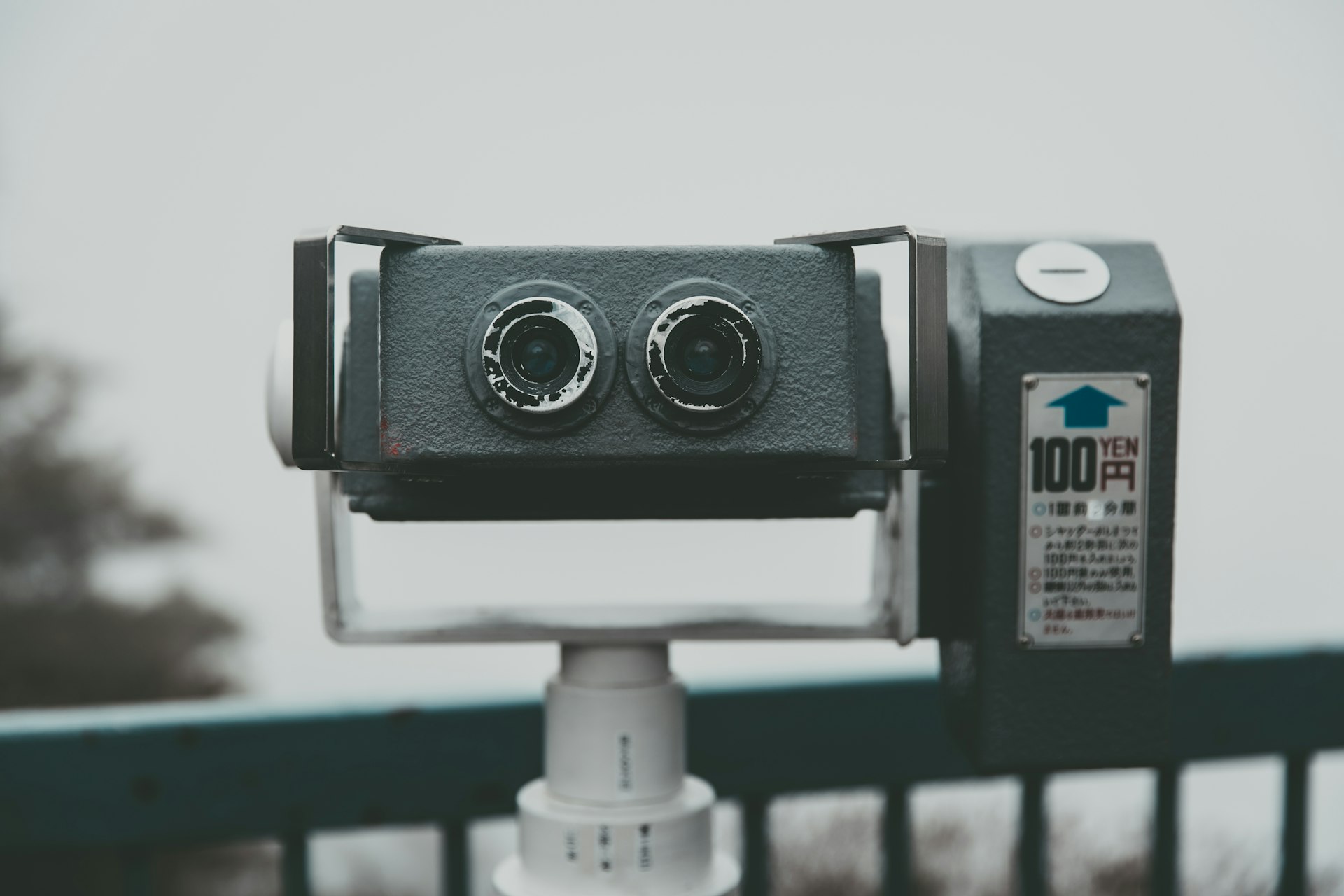Unlocking Opportunity: Advancing Financial Inclusion in Developing Countries

Photo by Mufid Majnun on Unsplash
Introduction: The New Landscape of Financial Inclusion
Financial inclusion has rapidly evolved in developing countries, driven by digital innovation and a deeper focus on resilience and opportunity. While progress has been significant, with a substantial rise in access to financial accounts and digital services, challenges remain for those in rural and underserved communities. Understanding the current state, barriers, and pathways to access is crucial for individuals, businesses, and policymakers aiming to benefit from or advance financial inclusion initiatives.
Current Progress: Growth in Account Ownership and Digital Services
Recent data from the World Bank’s Global Findex 2025 highlights a remarkable increase in financial account ownership among adults in low- and middle-income countries (LMICs). As of 2024, 75% of adults in these regions have an account, an 80% increase over the last decade, narrowing the gap with global figures [1] [2] . This progress is largely attributed to the spread of mobile phones and internet connectivity , which have revolutionized how people access and use financial services [5] .
Digital financial services -particularly mobile money-have fueled much of this growth. For example, mobile money account ownership surged from just 1% in 2014 to 15% of adults globally by 2024 [1] . In practical terms, this means millions more people can send, receive, and store money securely, even in areas where traditional banks are absent.
Broader Impacts: Savings, Gender Equality, and Economic Resilience
The benefits of increased financial inclusion extend far beyond simple account ownership. Formal savings have seen a notable rise, with 40% of adults in developing economies now saving through financial accounts-a 16-percentage-point increase since 2021 and the fastest rise in more than a decade [2] [5] . This trend strengthens household resilience against financial shocks, allowing families to better manage emergencies and invest in education or health.
Gender inclusion has also improved. The gender gap in account ownership has narrowed to just 5 percentage points in developing economies, down from 9 points a decade ago. In some regions, such as parts of South Asia and the Pacific, the gap has been eliminated entirely [2] . These advances are critical for empowering women economically and socially.
Challenges: The Unbanked and Underbanked
Despite this progress, approximately 1.6 billion people globally remain unbanked or have inactive accounts, with the majority concentrated in rural and remote areas [2] . Common barriers include lack of documentation, limited digital literacy, low trust in formal institutions, and insufficient mobile or internet infrastructure.
Small businesses-especially micro, small, and medium-sized enterprises (MSMEs)-face a financing gap estimated at $5.7 trillion in developing regions, restricting their growth and ability to create jobs [3] . Addressing these shortfalls is essential for fostering sustainable economic development and reducing poverty.
How to Access Financial Inclusion Services
Accessing financial services in developing countries can involve several steps, depending on your location and individual needs. Here is a practical guide:
1. Identify Available Services in Your Area
You can start by researching which banks, microfinance institutions, and mobile money providers operate locally. Mobile money services, such as M-Pesa in Kenya or bKash in Bangladesh, are often the most accessible options in areas with limited traditional banking infrastructure. To find available services, consider:
- Visiting local branches or authorized agents of major banks and mobile money providers.
- Contacting community organizations or local government offices for referrals to trusted financial service providers.
- Using your mobile phone to explore mobile money registration options, if available.
2. Prepare Required Documentation
Most financial services require basic identification, such as a national ID card, voter registration, or other government-issued documents. If you lack formal ID, inquire about alternative forms of verification, as some providers and programs accept community references or biometric registration.
3. Open an Account or Register for Mobile Money
To open an account, visit your chosen bank or mobile money agent with your documentation. You may need to:
- Fill out a registration form.
- Provide biometric data (fingerprints or photos), especially for mobile money accounts.
- Set up a PIN or password.
4. Explore Digital and Mobile Options
If you have a mobile phone, you can often register for mobile money services directly through USSD codes or mobile apps. Ask local agents for assistance if you are unfamiliar with the process. Many services offer customer support hotlines for guidance.
5. Leverage Community and NGO Support
Numerous non-governmental organizations (NGOs) and community groups provide financial literacy programs, assistance with account setup, and support for accessing loans or savings products. For details, you can:
- Contact local branches of organizations such as Accion or the Center for Financial Inclusion.
- Attend community workshops or training sessions on digital finance.
Case Studies: Real-World Examples
Kenya: The rapid adoption of M-Pesa, a mobile money platform, helped millions of Kenyans gain access to secure financial transactions, savings, and digital payments. It has become a model for similar initiatives worldwide, demonstrating how mobile technology can bridge gaps in traditional banking infrastructure.
India: Government-led programs like Jan Dhan Yojana have enabled hundreds of millions to open zero-balance bank accounts, supported by biometric identity (Aadhaar) and mobile connectivity. This integrated approach has expanded access to subsidies, insurance, and direct benefit transfers, helping to reduce poverty and foster social inclusion.
Overcoming Barriers: Common Challenges and Proven Solutions
Lack of Documentation: Governments and organizations are increasingly offering simplified verification or biometric solutions to help those without formal ID. If you lack necessary documents, ask local providers about alternative options.
Digital Literacy: Many NGOs and financial service providers offer digital literacy training. Participating in these programs can help you confidently use mobile money and digital banking services.
Infrastructure Gaps: In areas with poor connectivity, community agents and local kiosks can provide essential financial services. Ask about agent-based banking in your area if traveling to a branch is challenging.
Alternative Approaches and Additional Avenues
If you are unable to access formal banking or mobile money, consider:
- Community savings groups or cooperatives, which pool resources and offer basic financial services.
- Microfinance institutions, which often provide small loans, savings, and insurance to those excluded from mainstream banks.
- Seeking guidance from local development agencies or international organizations operating in your region.
Next Steps: Moving Toward Broader Financial Health
The future of financial inclusion in developing countries is increasingly focused on improving not just access, but also the quality and impact of financial services. Integrating financial health, economic opportunity, and digital resilience will be key priorities for organizations and governments alike [4] . You can stay informed by following updates from the World Bank, Center for Financial Inclusion, and local financial authorities.

Photo by Md Arif Hasan on Unsplash
For the latest data and insights, visit the official websites of the World Bank and the Center for Financial Inclusion. If you are interested in starting your financial inclusion journey, reach out to local banks, microfinance institutions, or mobile money agents, and ask about the process for opening an account or enrolling in digital financial services. Community organizations and NGOs may also offer assistance, training, and additional resources to support your efforts.
References
- [1] Consultative Group to Assist the Poor (2025). Banking on Progress: Why the Next Chapter of Financial Inclusion is so Important.
- [2] Accion (2025). World Bank’s Global Findex 2025 shows progress on financial inclusion – Accion reaction.
- [3] World Bank (2024). Financial Inclusion Overview.
- [4] Center for Financial Inclusion (2025). 2025: Financial Inclusion Entering a New Era.
- [5] World Bank (2024). The Global Findex Database 2025.
MORE FROM resultsfordeals.com
